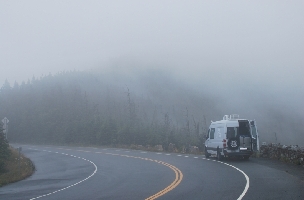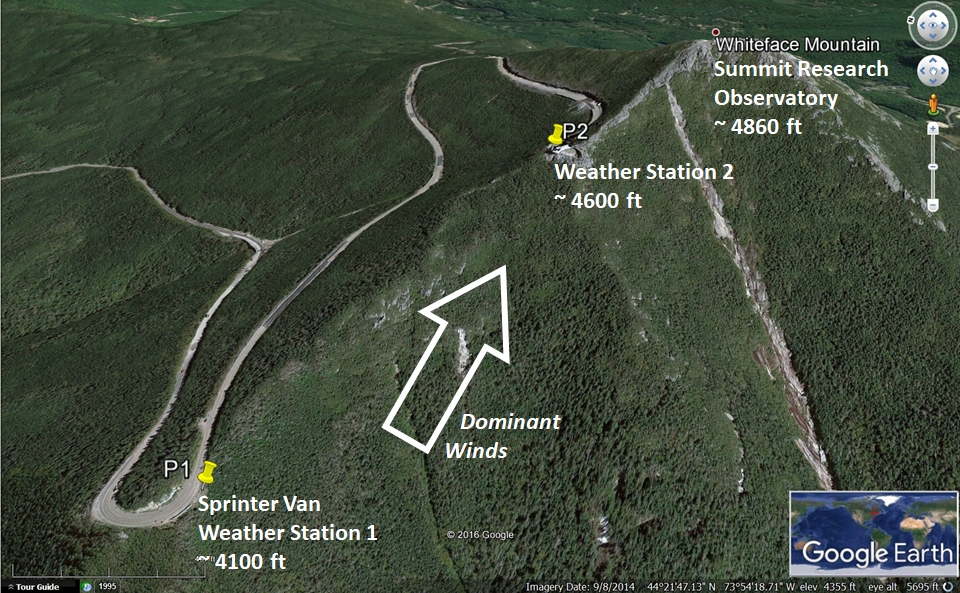Lance Research Lab
Motivations for the 2017 CPOC pilot study and ongoing studies at WFM
Aqueous chemical processing within cloud and fog water has been identified as a key process in the formation of secondary organic aerosol (SOA) mass.
Organic compounds are found abundantly within aerosol particles throughout the troposphere, but there remain major uncertainties regarding how organics
chemically transform and end up in the aerosol phase. While clouds clean the atmosphere by removing aerosol particles via rain and snow, clouds can also
impart mass to pre-existing aerosol particles by acting as aqueous phase micro-reactors. Aerosols, in turn, control cloud microphysical properties, which
can affect whether, when and where rain falls. Thus, aerosols and clouds are inextricably linked, and one cannot be understood without the other.
Decades of research suggests that the impact of human emissions on clouds exerts a net cooling effect that may be nearly as large as the warming effect
from CO2 (although over a much shorter timescale). However, the aerosol-cloud relationship continues to be a highly uncertain aspect of Earth’s climate.
Whiteface Mountain (WFM) in northern New York State is one of the highest peaks in the Adirondacks and is an important sampling site for cloud chemistry because:
- the mountain top is within cloud 25-60% of the time during summer months,
- automated cloud water sampling often produces ample cloud liquid water (~1 liter) for each cloud event,
- decades of chemically-speciated measurements of cloud and rain water have been collected at the site, and
- due to its strategic location, the summit frequently intercepts pollution plumes that have undergone varying degrees of ‘aging’ during transport from various sources.
Participants
Access to Data
Data Usage Policy: Data should not be used in any publication or presentation without approval from the researcher who acquired or produced it. Data users must ensure that the responsible scientists receive fair credit for their work and be given a reasonable opportunity to contribute to the research uses of the data. Questions about this data use policy should be directed to smlance@albany.edu
Data
Field Presentations
Matthew Brewer: Weather forecasting & met data
Amy Christiansen: Cloud water collection & analysis
Sara Lance: Aerosol, CCN & clouds
Dan Orlowski: Cloud probe rotation stage
Jie Zhang: Aerosol chemical characterization
HYSPLIT trajectories: App Server at ASRC
































